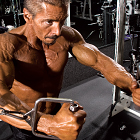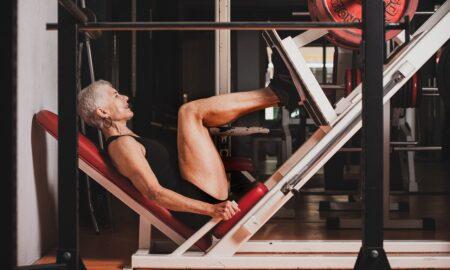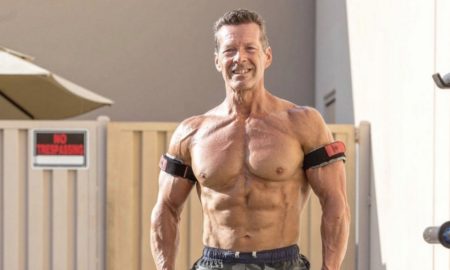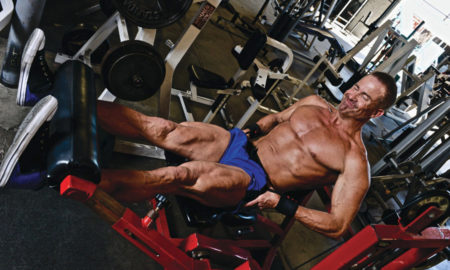 When you were just a little guy or gal, your idea of a good investment might have been spending your whole allowance on a comic book and a can of pop. As you got a little older, a good investment might have been a tank of gas for an evening of cruising. Having the exuberance of youth, you couldn’t have cared less what that money might have been worth in the future.
When you were just a little guy or gal, your idea of a good investment might have been spending your whole allowance on a comic book and a can of pop. As you got a little older, a good investment might have been a tank of gas for an evening of cruising. Having the exuberance of youth, you couldn’t have cared less what that money might have been worth in the future.
A little later in life you began to think more about how your money could increase in value, so you might have invested in a house or a business. But you were still young—so you took some chances. You would make it big or go bust. It was all good.
You probably approached bodybuilding in much the same way—threw around some heavy weights and didn’t worry about getting hurt. Heck, you were young and healed fast anyway. And maybe you got a fine return on that sweat-soaked investment, packing on muscle as only a young trainee can.
As you matured, however, your financial investments began to change. You thought about savings plans and money market and retirement accounts. You were still relatively young, however, so you invested in financial “vehicles” (as the money guys call them) that carried a substantial degree of risk but promised a high ROI. And that was fine. You made some money and you lost some.
In the gym, though, your high-risk training strategies were beginning to bring about some losses in your bodybuilding “account.” Maybe it was a torn rotator cuff or an elbow that just seemed to hurt all the time. Or you were missing workouts due to injury, or you always seemed to be working around one sore joint or another.
As you passed middle age, your financial investments took on a different character. You began to think about “risk management,” wanting to preserve your monetary gains. You balanced your financial portfolio with lower-return investments that carried less risk.
That is exactly how you should approach your weight training too. Yes, you can still make gains at any age, but you really want to protect what you already have while investing in training strategies that, though promising modest gains, carry a lot less risk. As you get older, a serious injury can be like a stock market crash that your physique may never recover from.
So what might your Prime-Time Bodybuilding Investment Portfolio look like? Well, in the same way that your lower-risk financial portfolio should include certain items, so, too, should your physique investments— incorporating elements of risk management, diversity and blue chip choices.
Risk management entails choosing exercises and workout schemes that have little or no chance of injuring you: for example, eliminating behind-the-neck presses if they hurt your shoulders or upright rows if they kill your wrists.
Additionally, switching from a heavy-weight workout style—six to eight reps—to a moderate-weight and/or higher-rep plan such as Steve Holman’s highly effective “4X” style can yield solid returns in muscle size gains and joint health. (Briefly, 4X involves taking a weight you can do 15 reps with but just doing 10, resting only 30 seconds between sets, for four sets, and working toward failure on the last set.)
Diversifying your physique portfolio for Prime-Time returns would include a solid and consistent cardio investment. As we age, cardio becomes important for weight control and overall health. Just as an overweight person can be in good physical condition (it’s true), so can a lean weight trainer be out of shape as far as heart health is concerned.
Studies have repeatedly shown that the best cardio ROI comes from high-intensity interval training. I have had great success using a version of HIIT that is well-suited to older bodybuilding athletes: 20 minutes on a zero-impact piece of equipment (elliptical trainer or stair-stepper) incorporating all-out effort for 30 seconds to two minutes—depending on your conditioning—followed by two to three minutes of less-intense work where you catch your breath and recover. Repeat until the time is up. Do this session three times per week, using different machines on different days for variety.
Blue-chip stocks are a good choice for your financial portfolio, and your physique portfolio should contain exercises with blue-chip qualities: proven performance over time, solidly reliable, low-risk yet certain to yield a consistent ROI. Only you can determine the movements that fit into this category for you—the ones you have stuck with or gone back to over the years. They might be gold-standard movements like dumbbell rows or a leg press on a machine that works your quads beautifully without painful “withdrawals” from your back or knees.
So evaluate your workouts, and be sure that your investment in your physique no longer includes a comic book and a can of pop—but is marked by age-appropriate choices most likely to give the best ROI.
—Tony DiCosta



















You must be logged in to post a comment Login